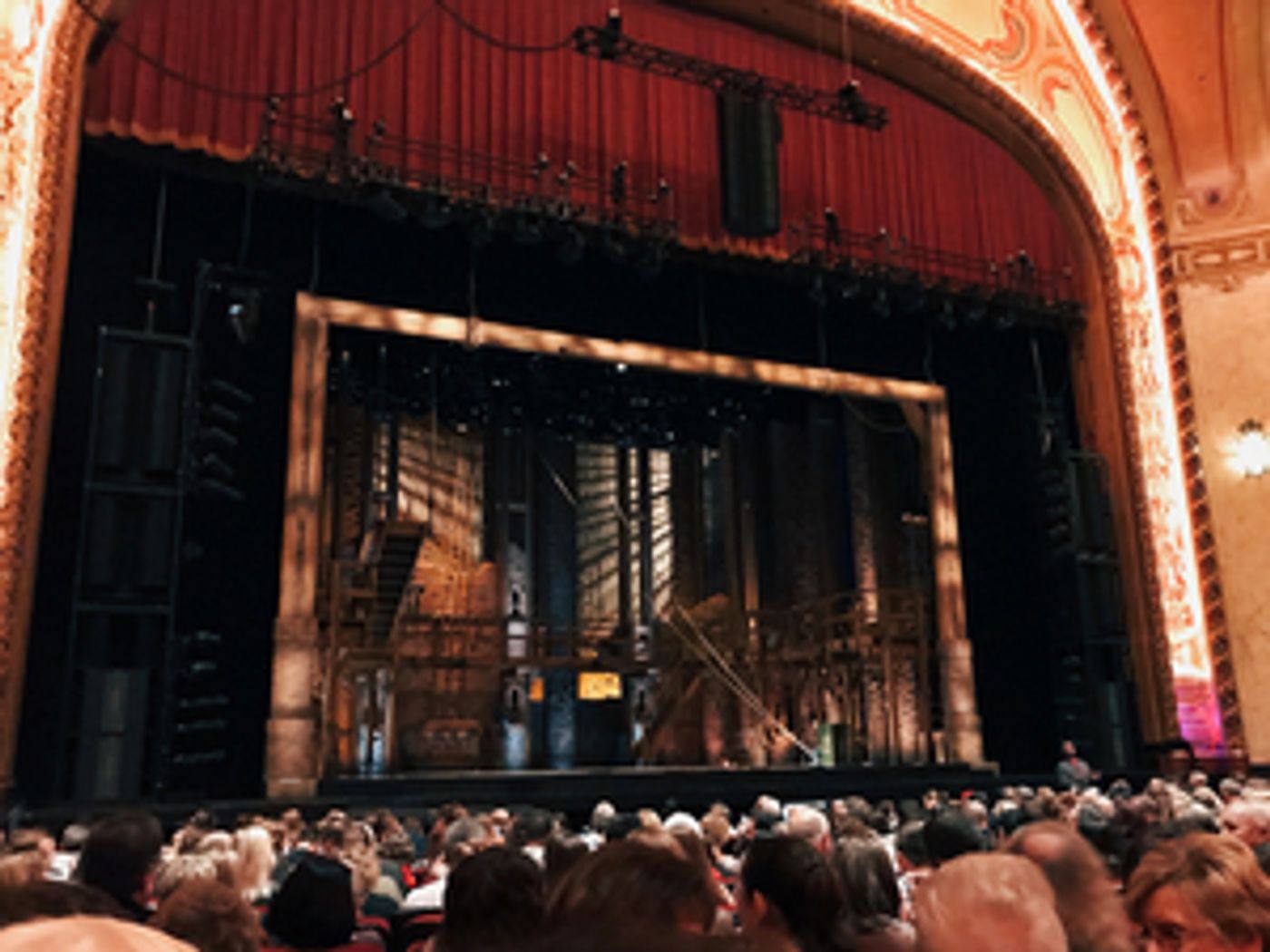BWW Blog: HAMILTON and the Art of Complexity

With the release of Hamilton on Disney+ last week, the discourse over the musical's portrayal of the founding fathers has been reignited, a prevailing sentiment being that the show is too problematic to view. After all, Hamilton's protagonists are based on a group of historical figures that were predominantly slave holders, a fact that the show barely mentions in its 2 hours and 40 minutes. Critical viewers have observed that the question of Hamilton's stance on abolition is never in doubt in the show, while his beliefs were murky at best in real life. Our world is changing by the millisecond, to the point where art first released 5 years ago is put in an entirely new light when watched today.
As for me, I'm a firm believer in the ability to consume media critically. Something cannot be everything all at once, and Hamilton has its shortcomings. There are critical issues of the historical time period that are scarcely addressed in the show, and I can understand how this may seem cherrypicked to other viewers. Certainly, with the powerful political movements of the past weeks, Hamilton cannot be viewed through the same lens that it once was. If the show makes a viewer uncomfortable, they have every right to turn it off and walk away. But, it's unfair to make a sweeping declaration that Hamilton is unwatchable-at least without undergoing a rigorous process of critical thinking and consideration first.
It is completely acceptable to watch and enjoy art while still acknowledging where it drops the ball. This nuance is a trait that is often lacking in the 280 characters it takes to send a tweet into cyberspace. Save the unequivocal cancellation for the irretrievable; save it for the media that is blatantly and maliciously biased. When watching anything, think of the creator's intent. Consider the thought process behind the very conception of what you are consuming-what spurred the writer to write, the director to block, and the actor to perform the art in this very way? Was this art made to forward a particular viewpoint, and if so, what is it saying? Contextualization and analyzation are the foundation of critical thinking. They are the highway from offhanded online opining to true understanding and debate.
Hamilton is not a perfect work of art. Nothing is and nothing ever could be. It manages to pack a lot into its 160 minutes, but leaves pertinent topics on the cutting room floor. In spite of this fact, it is also true that Hamilton brought two revolutions to Broadway-one, the American Revolution of the 18th century, and the other the theatrical revolution of the 21st. Hamilton purposefully put BIPOC performers at center stage; it brought new genres of music to the Broadway stage and, in turn, reeled in thousands of new Broadway fans. Not only is it good to acknowledge this complex existence, it is important. Powerful and revolutionary media can still exist in the sphere of the problematic. In fact, you would be hard-pressed to find a work of art that doesn't. What matters is the intent and those who seek it out.

Videos

